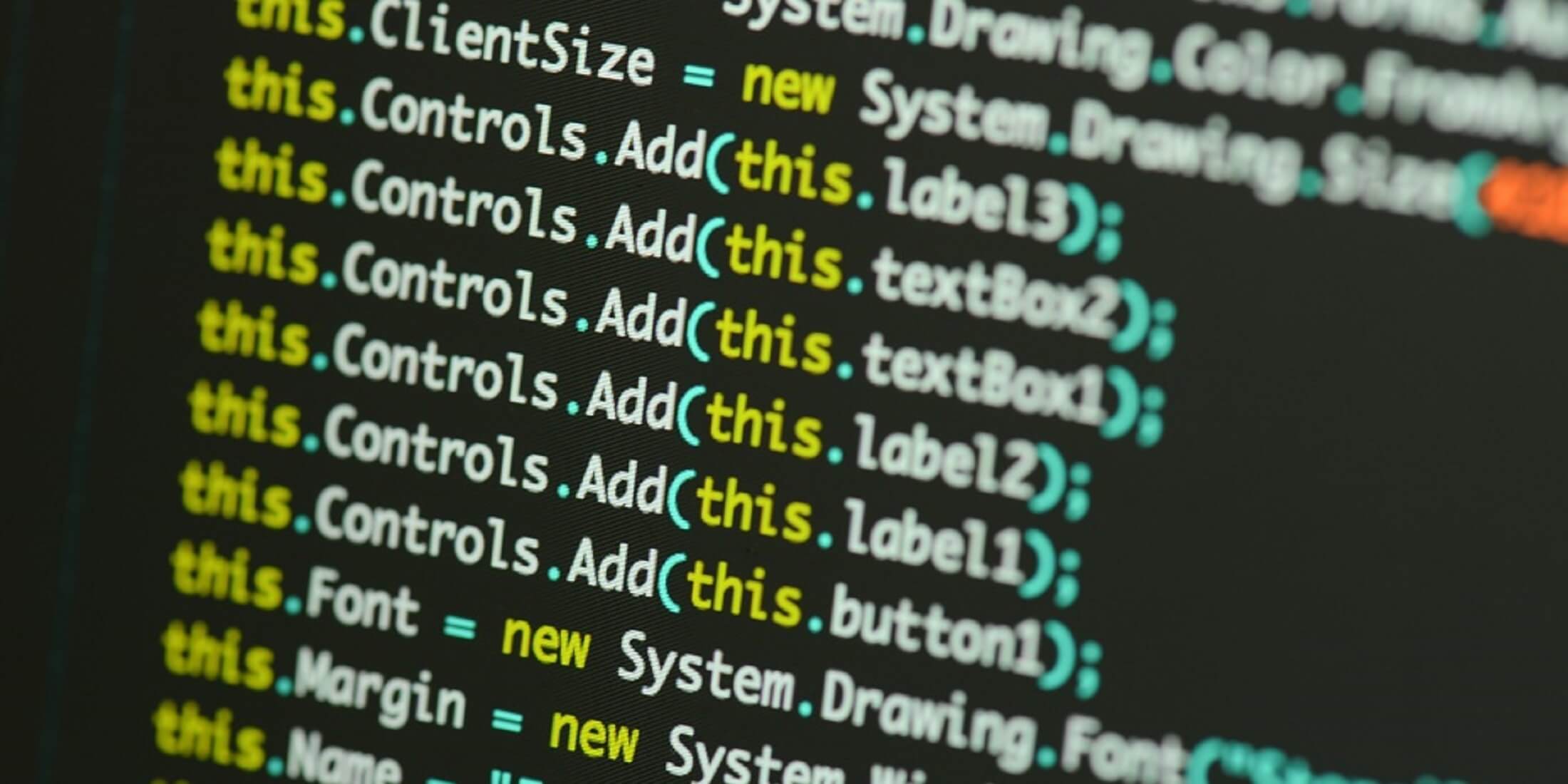Platform: Linux, Windows.
Labs: Hands-on.
Your application written in Java works as intended, so you are done, right? But did you consider feeding in incorrect values? 16Gbs of data? A null? An apostrophe? Negative numbers, or specifically -2^32? Because that’s what the bad guys will do – and the list is far from complete.
Handling security needs a healthy level of paranoia, and this is what this course provides: a strong emotional engagement by lots of hand on labs and stories from real life, all to substantially improve code hygiene. Mistakes, consequences and best practices are our blood, sweat and tears.
All this is put in the context of Java, and extended by core programming issues, discussing security pitfalls of the Java language and framework.
So that you are prepared for the forces of the dark side.
So that nothing unexpected happens.
Nothing.
PRACTICAL INFO
- The 'Desktop application in Java' training can be organized as in-company training.
- If on-site training is not feasible, we can discuss providing a live, interactive online (virtual) or hybrid training. The standard program with 3-day content can also be delivered in 5 half days (from Monday to Friday).
- Curious about how to quantify the return on investment (ROI) of secure coding trainings? Check out this article.
Objective
- Explain approaches in handling security challenges in code;
- Identify security vulnerabilities and their consequences;
- Learn the best practices in how to avoid these mistakes.
Target audience
This course is intended for Java developers working on desktop applications.
Preparedness: General Java development.
Program
Day 1
Security basics
What is security?
Threat and risk
Types of threats against computer systems
Consequences of insecure software
Constraints and the market
Bugs, vulnerabilities and exploits
Categorization of bugs
- Seven pernicious kingdoms
- Common Weakness Enumeration (CWE)
- CWE/SANS Top 25 Most Dangerous Software Errors
- SEI Cert Secure Coding Guidelines
- Vulnerabilities in the environment and the dependencies
Input validation
Input validation principles
- Blacklists and whitelists
- Validation with regex
- What to validate – the attack surface
- When to validate – validation vs transformations
- Where to validate – defense in depth
Injection
- Injection principles
- Injection attacks
- CRLF injection
- Log forging
- Lab – Log forging
- Log forging – best practices
- Code injection
- Command injection
- Lab – Command injection
- Command injection best practices
- Using Runtime.exec()
- Using ProcessBuilder
- Case study – Shellshock
- Lab - Shellshock
- Script injection
- Expression language injection
- Injection best practices
- Input validation
- Output sanitization
- Encoding and escaping the output
- Encoding challenges
Integer handling
- Representing signed numbers
- Integer visualization
- Integer problems
- Integer overflow
- Lab – Integer overflow
- Signed / unsigned confusion
- Signed / unsigned confusion in Java
- Integer truncation
- Best practices
- Upcasting
- Precondition testing
- Postcondition testing
- Using big integer libraries
- Integer handling in Java
- Lab – Integer handling
- Other numeric problems
- Division by zero
- Working with floating-point numbers
Data structures
- Data structure sentinels
- Containers
- Container error
- Associative containers
- Iterators
Files and streams
- Path traversal
- Path traversal-related examples
- Path traversal best practices
- Lab – Path traversal
- Virtual resources
Unsafe reflection
- Reflection without validation
- Lab – Unsafe reflection
Unsafe native code
- Native code dependence
- Lab – Unsafe JNI
Some other input validation problems
Using vulnerable components
Assessing the environment
Hardening
Importing functionality from untrusted sources
Vulnerability management
- Patch management
- Vulnerability databases and scanning tools
- Vulnerability rating – CVSS
- Lab – Finding vulnerabilities of used components
- The build process and CI / CD
- Dependency checking in Maven
- Lab – Detecting vulnerable components during the build
Day 2
Security features
Authentication
- Authentication basics
- Authentication weaknesses
- Case study – PayPal two factor authentication bypass
- User interface best practices
- Password management
- Inbound password management
- Storing account passwords
- Plaintext passwords at Facebook
- Lab – Why just hashing passwords is not enough?
- Dictionary attacks and brute forcing
- Salting
- Adaptive hash functions for password storage
- Password in transit
- Password policy
- Weak and strong passwords
- Using passphrases
- Lab – Applying a password policy
- The Ashley Madison data breach
- The dictionary attack
- The ultimate attack
- Exploitation of the results and the lessons learnt
- Outbound password management
- Hard coded passwords
- Lab – Hardcoded password
- Password in configuration file
- Protecting sensitive information in memory
- Challenges in protecting memory
- Storing sensitive data in memory
- Lab – Using secret-handling classes
Authorization
- Access control basics
- Missing or improper authorization
- Access control in databases
- Lab – Database access control
- Privileges and permissions
- Permission manipulation
- Incorrect use of privileged APIs
- Permission best practices
- Principle of least privilege
- Principle of separation of privileges
- Permission granting
- Privilege dropping
- Handling of insufficient privileges
Java platform security
- The Java programming language and runtime environment
- Type safety and security
- Security features of the JRE
- The ClassLoader and the BytecodeVerifier
- Application-level access control in Java
- Permissions and the Security Manager
- Privilege best practices
- Lab – Working with permissions in Java
- Role-based access control
- Java Authentication and Authorization Services (JAAS)
- Protecting Java code and applications
- Code signing
Information exposure
- Exposure through extracted data and aggregation
- System information leakage
- Leaking system information
- Relying on accessibility modifiers
- Lab – Inappropriate protection by accessibility modifier
- Information exposure best practices
UI security
- UI security principles
- Sensitive information in the user interface
- Misinterpretation of UI features or actions
- Insufficient UI feedback
- Relying on hidden or disabled UI element
- Lab – Hidden or disabled UI element
- Insufficient anti-automation
Day 3
Common software security weaknesses
Time and state
- Thread management best practices
- Thread management best practices in Java
- Thread Pools
- Race conditions
- Race condition in object data members
- Singleton member fields
- Lab – Singleton member fields
- File race condition
- Time-of-check-to-time-of-usage (TOCTTOU)
- Lab - TOCTTOU
- Insecure temporary file
- Database race conditions
- Lab – Database race conditions
- Avoiding race conditions in Java
- Mutual exclusion and locking
- Deadlocks
- Lab – Locking
- Synchronization and thread safety
- Synchronization and thread safety in Java
Errors
- Error and exception handling principles
- Error handling
- Returning a misleading status code
- Reachable assertion
- Information exposure through error reporting
- Exception handling
- In the catch block. And now what?
- Empty catch block
- Best practices for catch blocks
- Overly broad throws
- Catching NULL pointer exceptions
- Improper completing of the finally block
- Swallowed ThreadDeath
- Checked exceptions escaping from finally
- Throwing undeclared checked exceptions
- Throwing RuntimeException, Exception, or Throwable
- Lab – Exception handling mess
Code quality
- Data
- Arrays and toString()
- Initialization and cleanup
- Constructors and destructors
- Class initialization cycles
- Lab – Initialization cycles
- Unreleased resource
- Object oriented programming pitfalls
- Accessibility modifiers
- Overriding and accessibility modifiers
- Inheritance and overriding
- Implementing equals()
- Mutability
- Lab – Mutable object
- Cloning
- Cloning sensitive classes – object hijacking
- Object hijacking – best practices
- Serialization
Denial of service
- Denial of Service
- Resource exhaustion
- Cash overflow
- Flooding
- Sustained client engagement
- Denial of service problems in Java
- Infinite loop
- Lab – Resource exhausting
- Amplification
- Network amplification
- Amplification in databases
- Other amplification examples
- Algorithm complexity issues
- Regular expression denial of service (ReDoS)
- Lab – ReDos
- Hashtable collision
- How hashtables work?
- Hash collision in case of hashtables
- Hashtable collision in Java
Wrap up
Secure coding principles
- Principles of robust programming by Matt Bishop
- Secure design principles of Saltzer and Schröder
- Some more principles
And now what?
- Further sources and readings
Further labs and challenges to do
Methods
Certification
After attending this training, participants will receive a High Tech Institute certificate.





